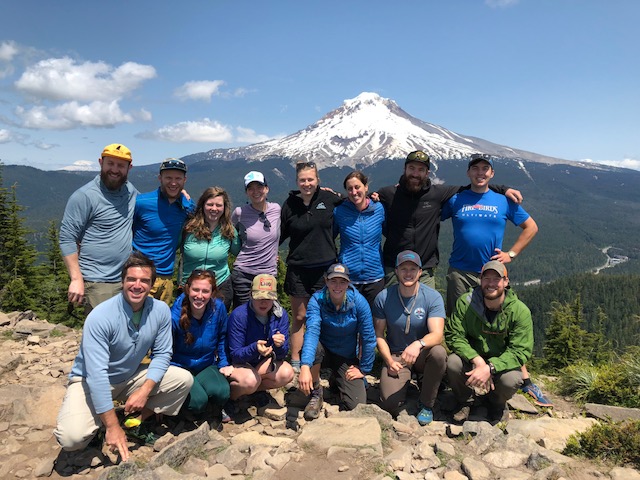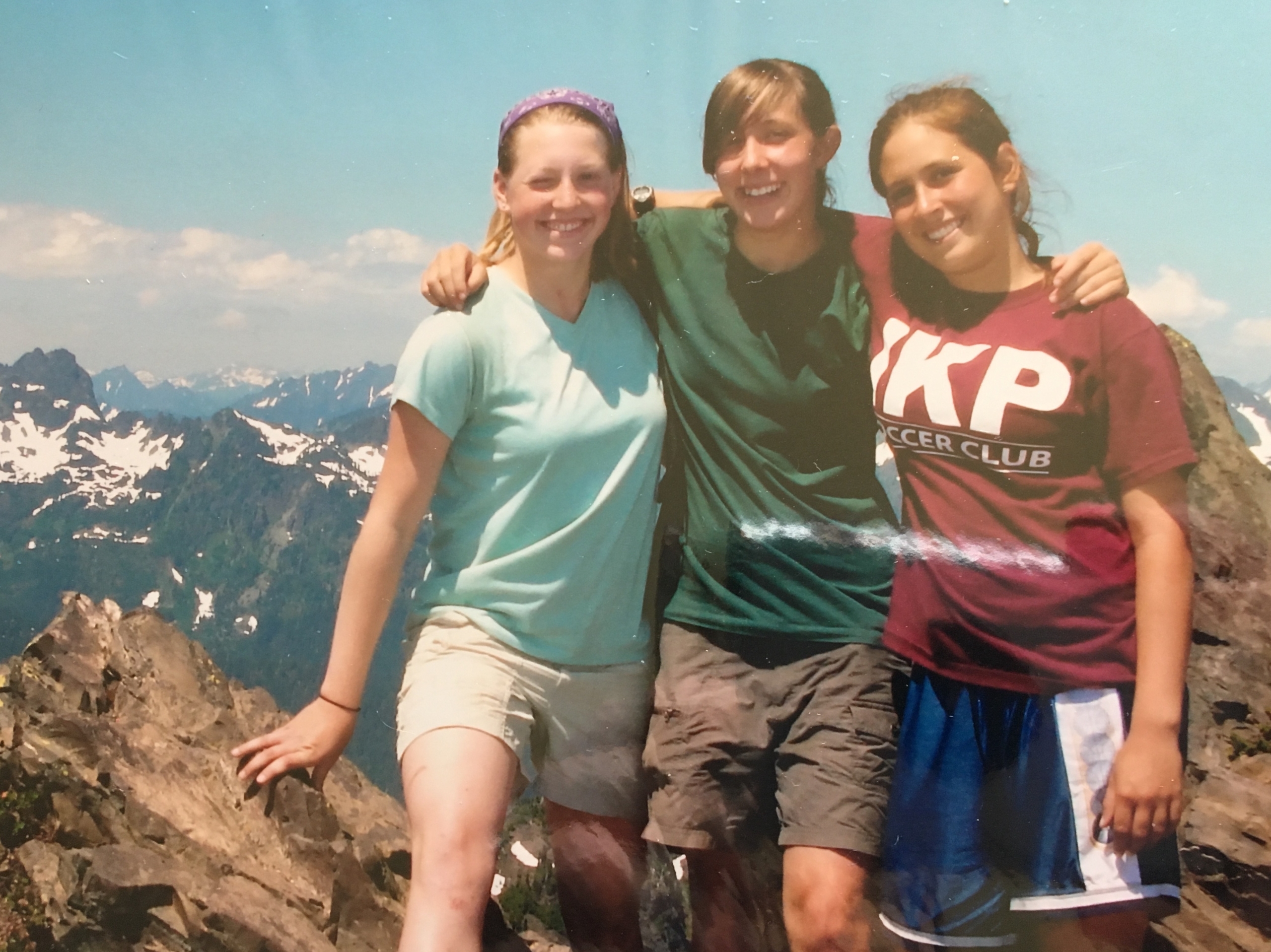
Abby (far right) as a student at Adventure Treks
We’d love for everyone to meet one of our three regional directors this summer: Abby Sophir! Abby, an Adventure-Treks-student-turned-instructor, will be joining our senior staff team, helping manage our trips and instructors this summer, and getting to know hundreds of students! Abby has five seasons of Adventure Treks trips under her belt, and we’d love for you to get to know her a little better.
Abby, where are you from?
I was born and raised in St. Louis, Missouri and spent most of my childhood on a soccer field.
Did you go to college for soccer?
No, I decided to attend Ithaca College and received a bachelor’s degree in documentary production with minors in politics and environmental studies. I also spent a semester abroad in Tanzania studying Swahili, learning about Tanzanian culture and history, and hanging out with elephants, zebras, giraffes, monkeys, ostriches and hippos.
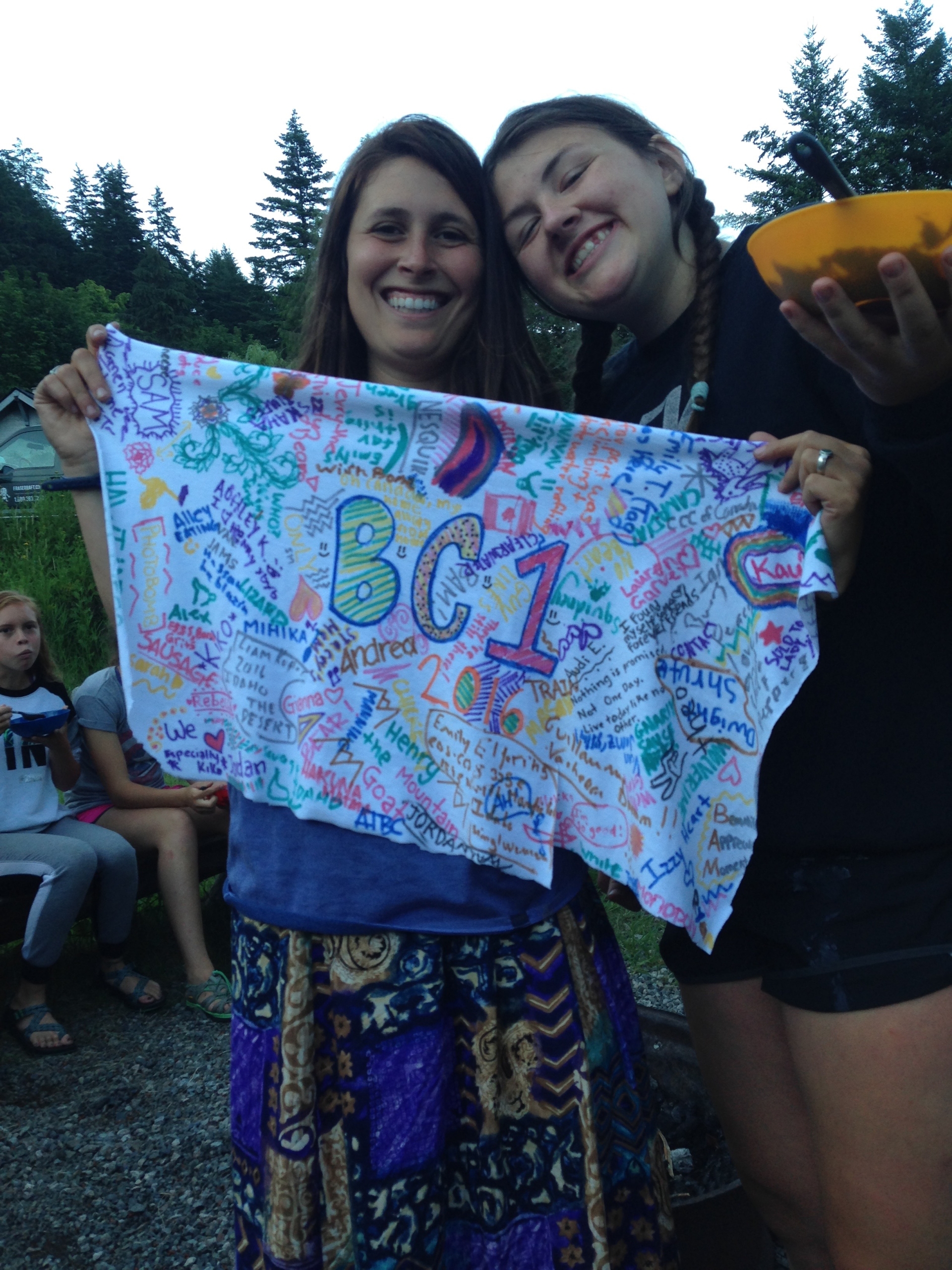
That sounds amazing. Let’s back up to your teenage years. What made you decide to attend Adventure Treks as a student?
I’ve always loved the idea of camping—roasting marshmallows, sleeping under the stars, not having to shower—but my parents weren’t campers, so that wasn’t something we did as a family. My best friend’s older sister had gone to a program similar to AT, and I was determined to follow in her footsteps, so I began scheming… In 2006, there was a camp fair coming up in St. Louis, and I secretly began researching adventure camps online. The day of the fair, I pretended to be shopping around at all the camps, but I knew exactly where I wanted to go, so I “casually” led my mom to the AT booth. Lucky for me, Dock was there. After meeting him in person, she couldn’t say no.
How do you think AT set you up for success in and beyond high school?
After three summers as a student, Adventure Treks truly changed me for the better. It introduced me to people and ideas from across the country (and world); challenged me physically, mentally, and socially; and showed me what being part of an inclusive community can feel like. As a teenager, it’s so easy to get sucked into the drama of high school, and AT was a much-needed escape, a place that was all my own, where I could be my best self. But perhaps most important, my instructors became my biggest role models, something I had never really had. It’s hard to know or put into words how this set me up for success in life, but it completely reshaped my values.
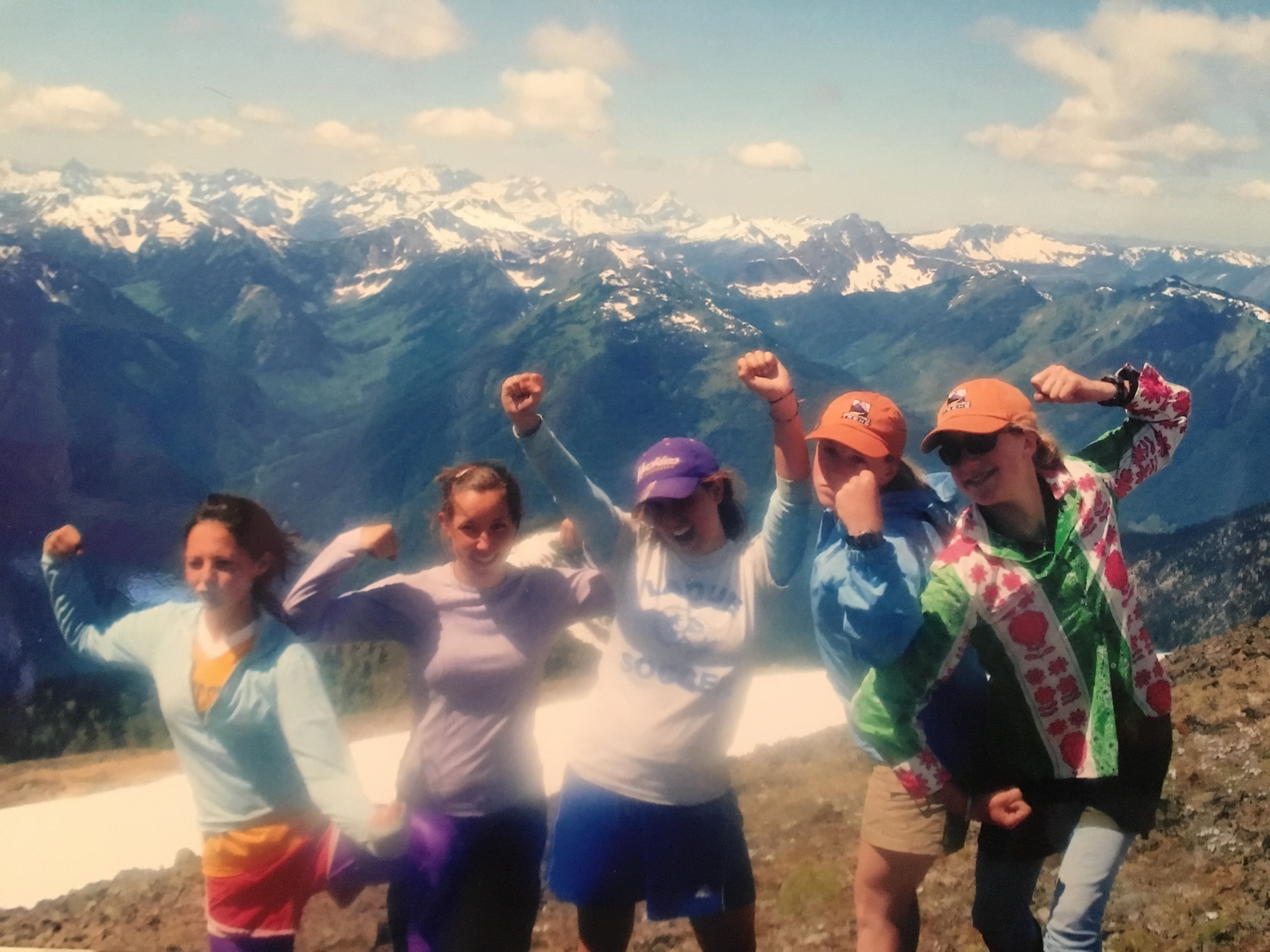
Abby as a student
Of your three trips, which was your favorite?
My first trip, the Pac 16 (a shorter version of the current Pacific Northwest Explorer) will forever be my favorite because it changed my life. I can still remember putting on a heavy backpack for the first time, doing riddles for hours as we conquered seemingly endless switchbacks, and sleeping under the stars at Fourth of July Pass in the North Cascades. I had never seen so many stars.
How did that influence your decision to become a Camp Pinnacle counselor and then an AT instructor?
One summer after my sophomore year of college, I was living in NYC and interning with NBC during the 2012 Summer Olympics. It was sort of a dream job, but by the end of the summer I was so burned out. I promised myself that the next summer I would do something more joyful and meaningful. Shortly thereafter, I stumbled upon a journal I had kept during an AT trip at age 14. On the last night of that trip, two tripmates and I decided that one day we would all come back to be AT instructors. As soon as I read this journal entry, I knew what I wanted to do. Coincidentally, this was right around the time Dock bought Camp Pinnacle and was looking for counselors. I started working at Pinnacle, knowing I eventually would end up at AT.
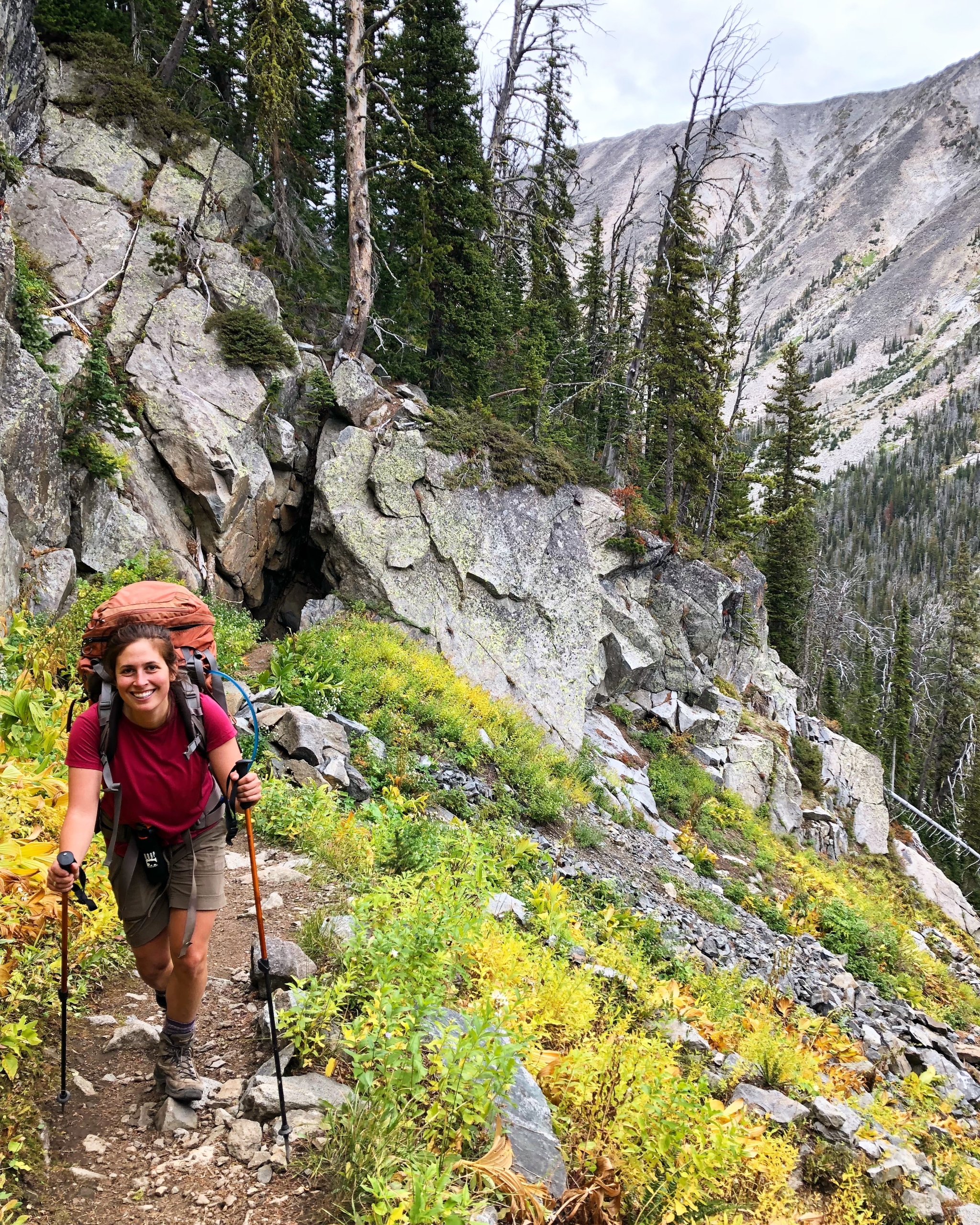
What’s your all-time favorite AT memory?
There are too many to count. The most recent was as a trip leader in British Columbia, watching one of my groups dancing on the shore of Clearwater Lake at sunset. Every single student and instructor was just laughing like crazy, being silly and totally carefree. These are the sights and sounds of AT, and I feel like they are often missing in our daily lives.
What do you do when not working for AT?
I’ve spent the last several years living and working in Bozeman, MT, guiding for an all-girls adventure program and working as an educator for a farm-to-school nonprofit. I recently moved with my partner to Corvallis, OR, where I’m working for an after-school program and exploring this beautiful area as much as possible! On the side, I do video production work for small businesses and nonprofits. I also love experimenting in the kitchen, and I am in the process of developing a community-oriented curriculum for women.
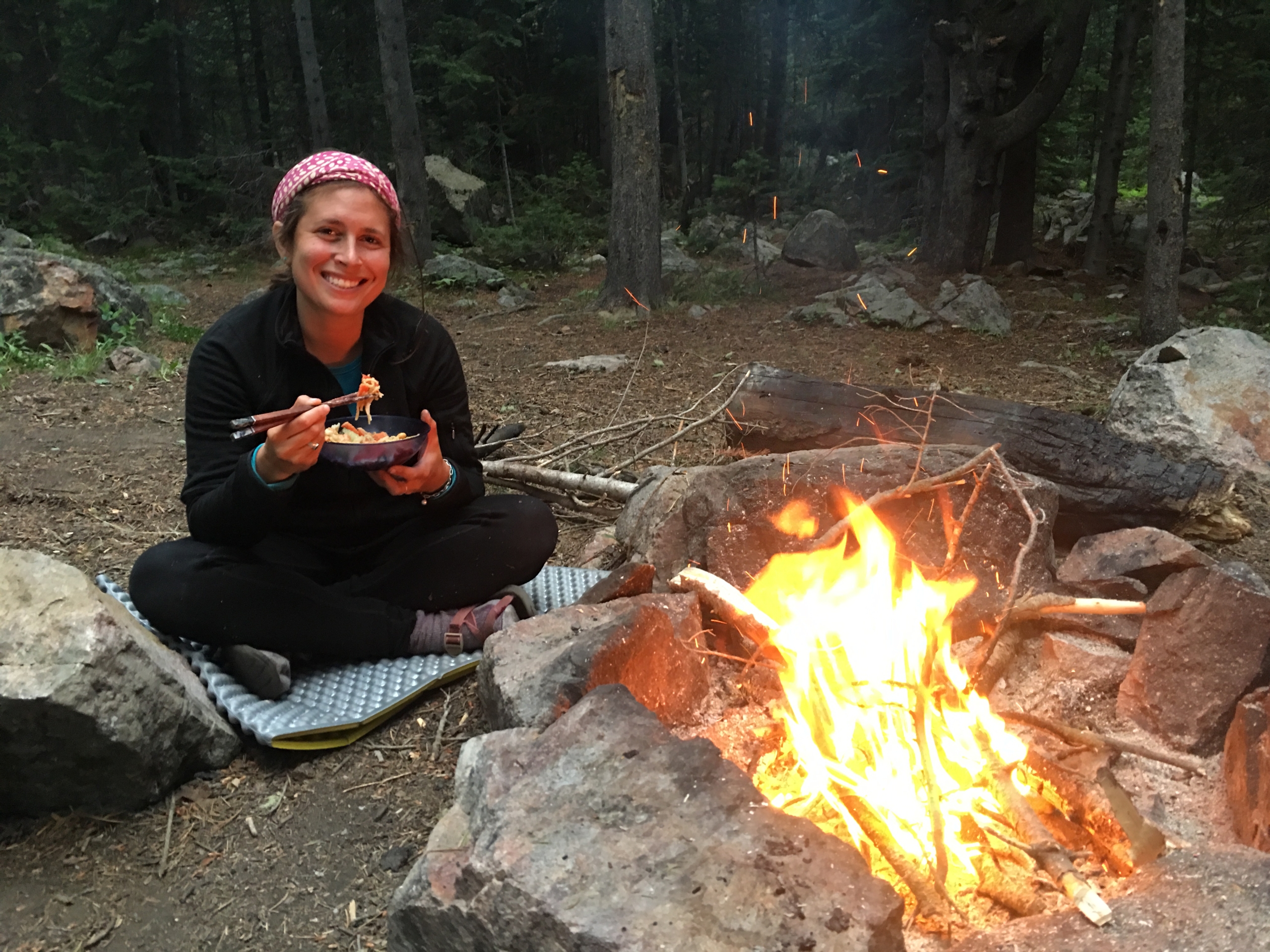
What excites you most about your first summer as an Adventure Treks regional director?
I am so excited to get to know and work with all our awesome instructors. I know how challenging being a trip leader and instructor can be, and I am looking forward to offering a listening ear, helping to solve problems, and making staff feel valued for all the hard work and love they put into the students.
Anything else that you’d like to add?
There’s nothing quite like an AT summer, and I can’t wait to be part of the magic.

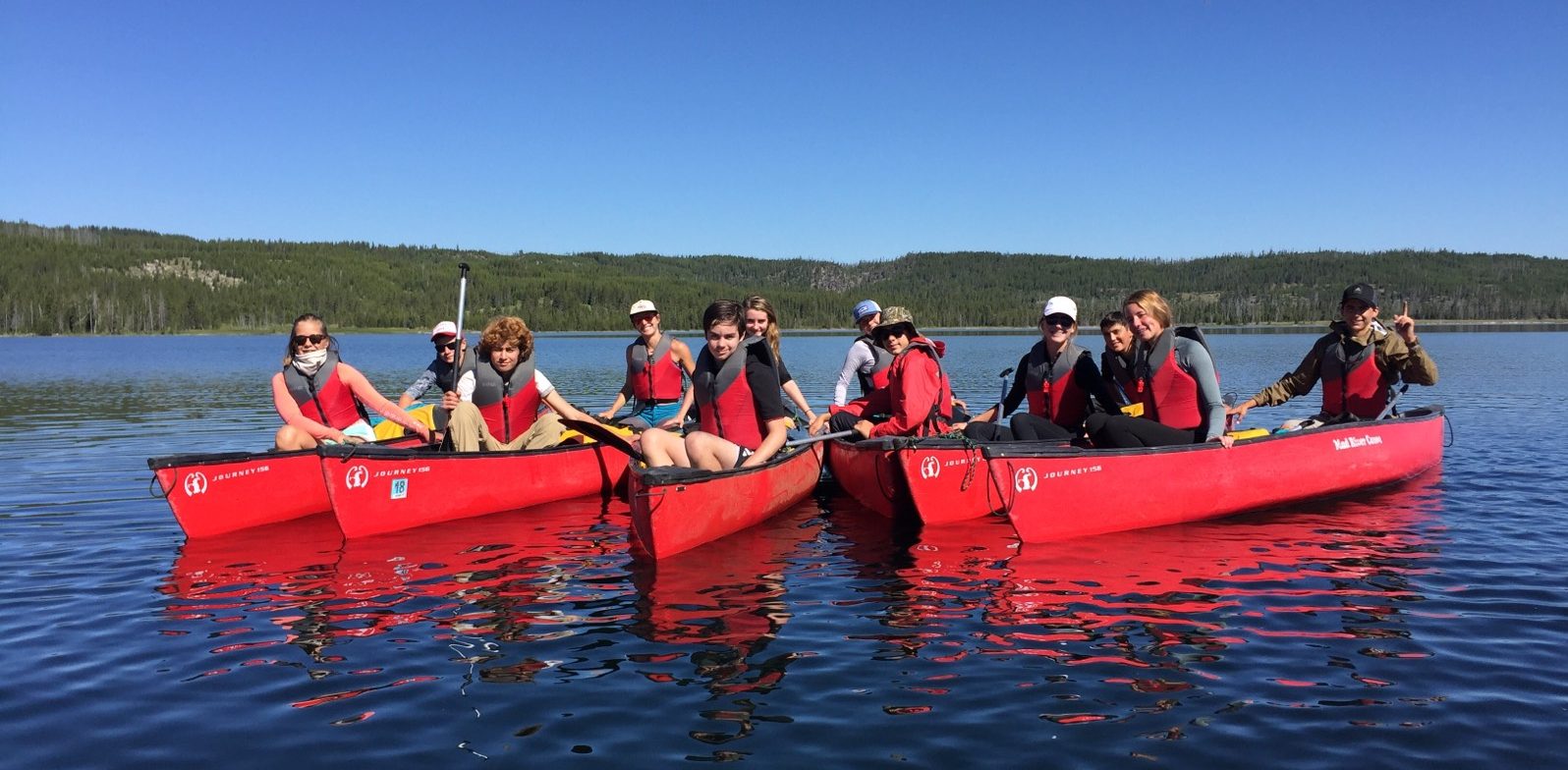
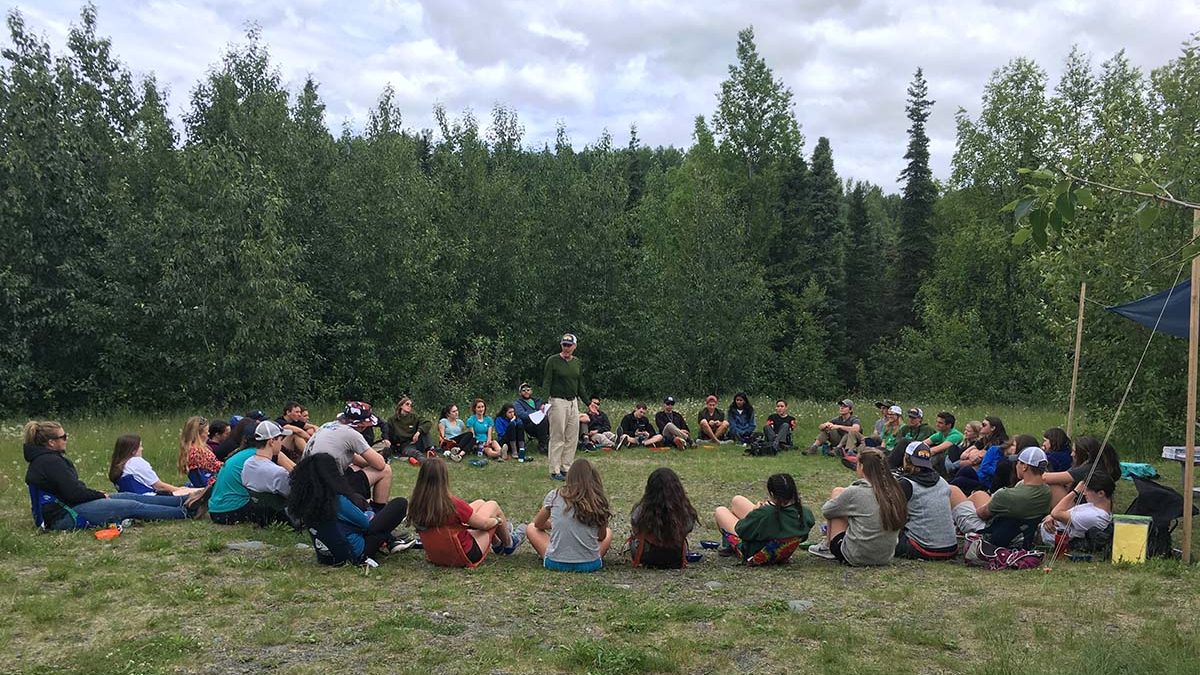 Though our office is headquartered in western North Carolina, our regional directors (including Dock and Dmac) spend their summers out west: They open and close every trip, get to spend time with each and every one of our students, and support our instructors—thereby monitoring quality and observing firsthand, rather than over the phone. Dock met with every single trip starting in 1993, and he still greets hundreds of students every summer. No other program has this level of director involvement in every single trip.
Though our office is headquartered in western North Carolina, our regional directors (including Dock and Dmac) spend their summers out west: They open and close every trip, get to spend time with each and every one of our students, and support our instructors—thereby monitoring quality and observing firsthand, rather than over the phone. Dock met with every single trip starting in 1993, and he still greets hundreds of students every summer. No other program has this level of director involvement in every single trip.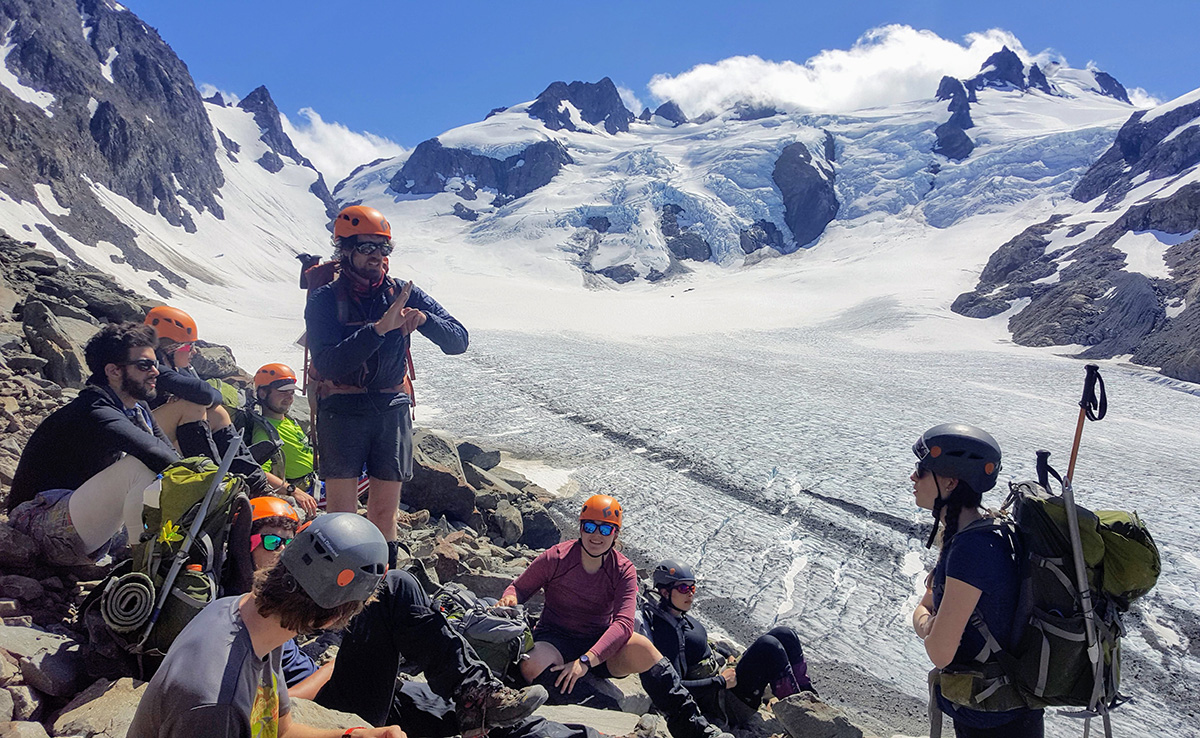
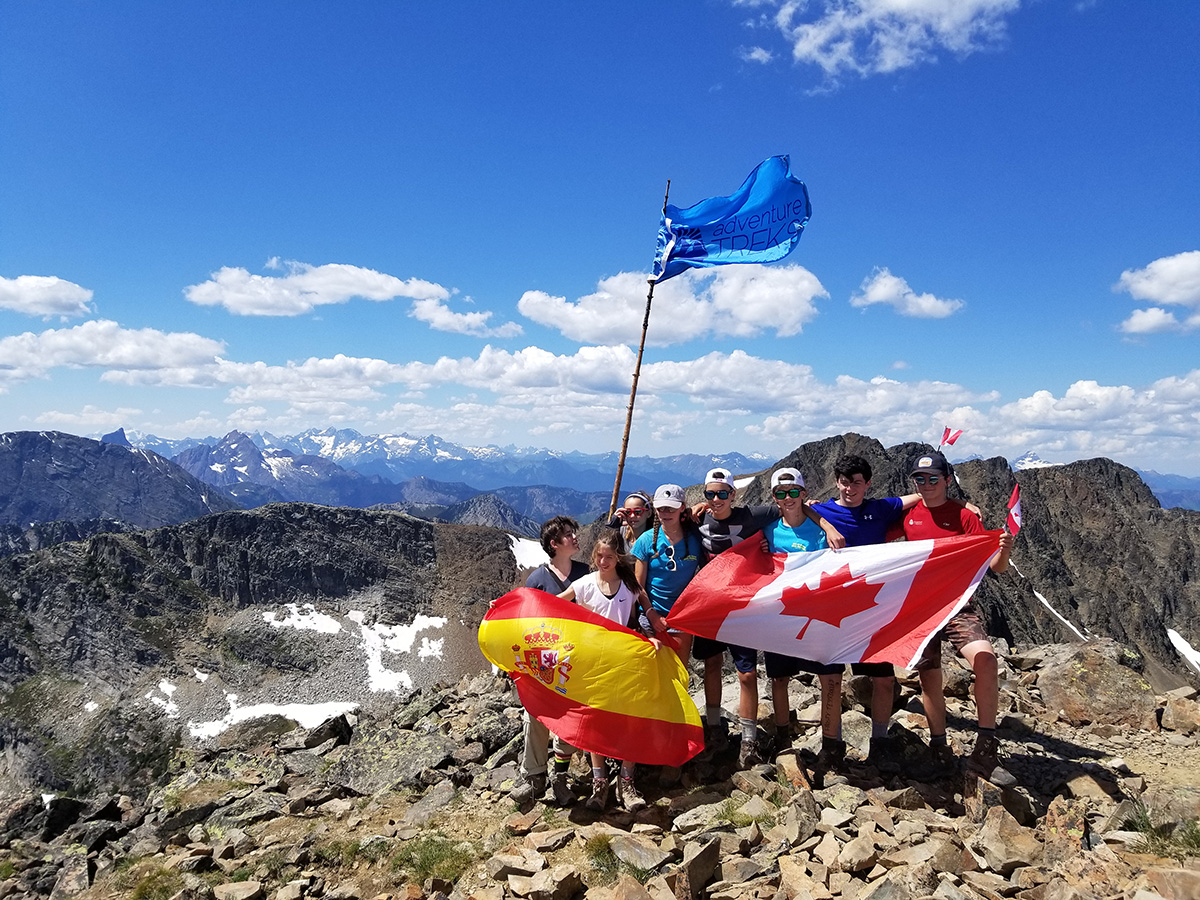 Our trips are led by five- to six-person instructor teams, maintaining a 4:1 ratio of student to instructor. Most other programs have two or three instructors per 10 to 18 students. Besides bringing a wide variety of personalities and experiences to our students, more instructors means smarter decision-making regarding risk management. It also allows flexibility in handling late flights, lost baggage, illness or minor injuries, early departures, etc. For example, on a 13-student trip with two instructors, if one staff must leave the group to take a student with a minor illness to the doctor, that leaves one staff with 12 students—the entire trip is significantly affected. That minor illness may force that student to depart early instead of recover quickly and remain on the trip because having only two instructors means they don’t have the coverage to juggle extenuating circumstances along with scheduled activities.
Our trips are led by five- to six-person instructor teams, maintaining a 4:1 ratio of student to instructor. Most other programs have two or three instructors per 10 to 18 students. Besides bringing a wide variety of personalities and experiences to our students, more instructors means smarter decision-making regarding risk management. It also allows flexibility in handling late flights, lost baggage, illness or minor injuries, early departures, etc. For example, on a 13-student trip with two instructors, if one staff must leave the group to take a student with a minor illness to the doctor, that leaves one staff with 12 students—the entire trip is significantly affected. That minor illness may force that student to depart early instead of recover quickly and remain on the trip because having only two instructors means they don’t have the coverage to juggle extenuating circumstances along with scheduled activities.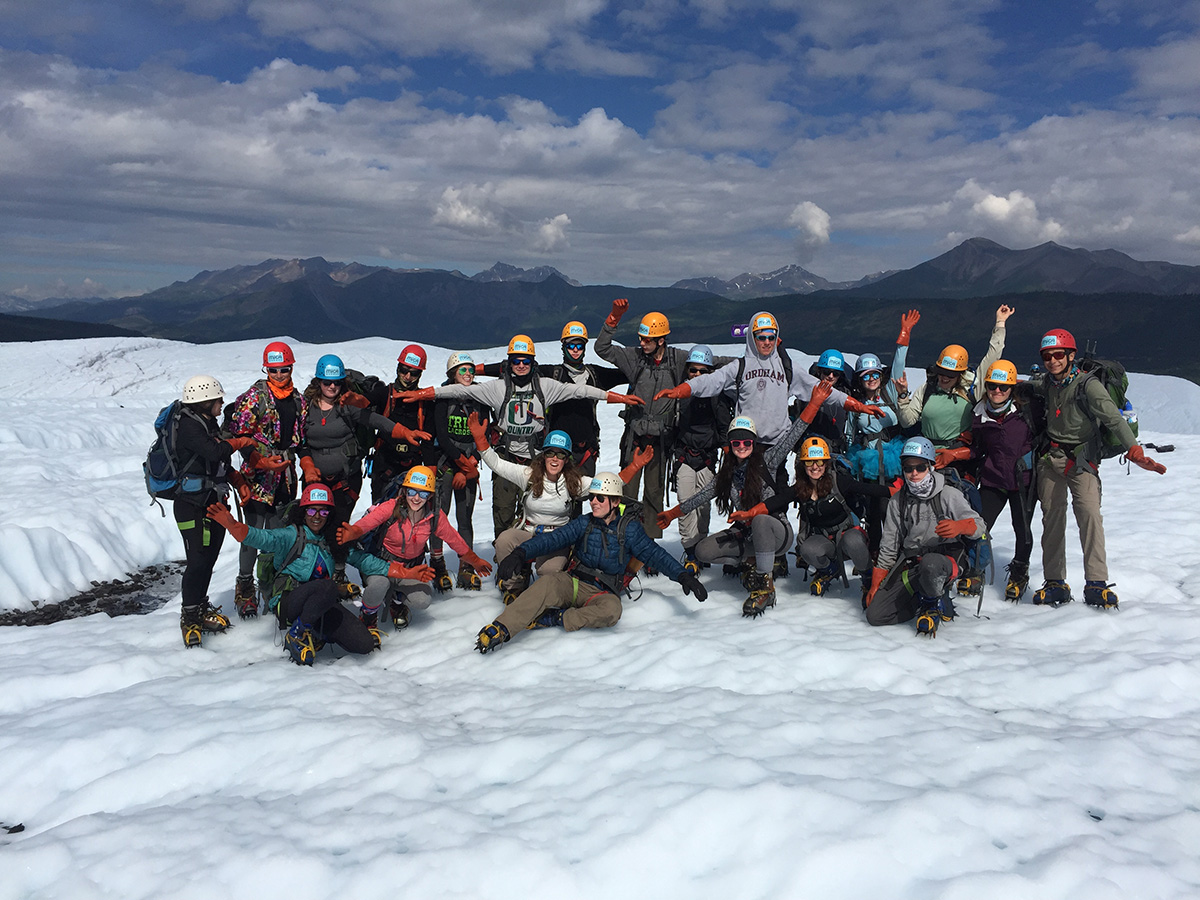
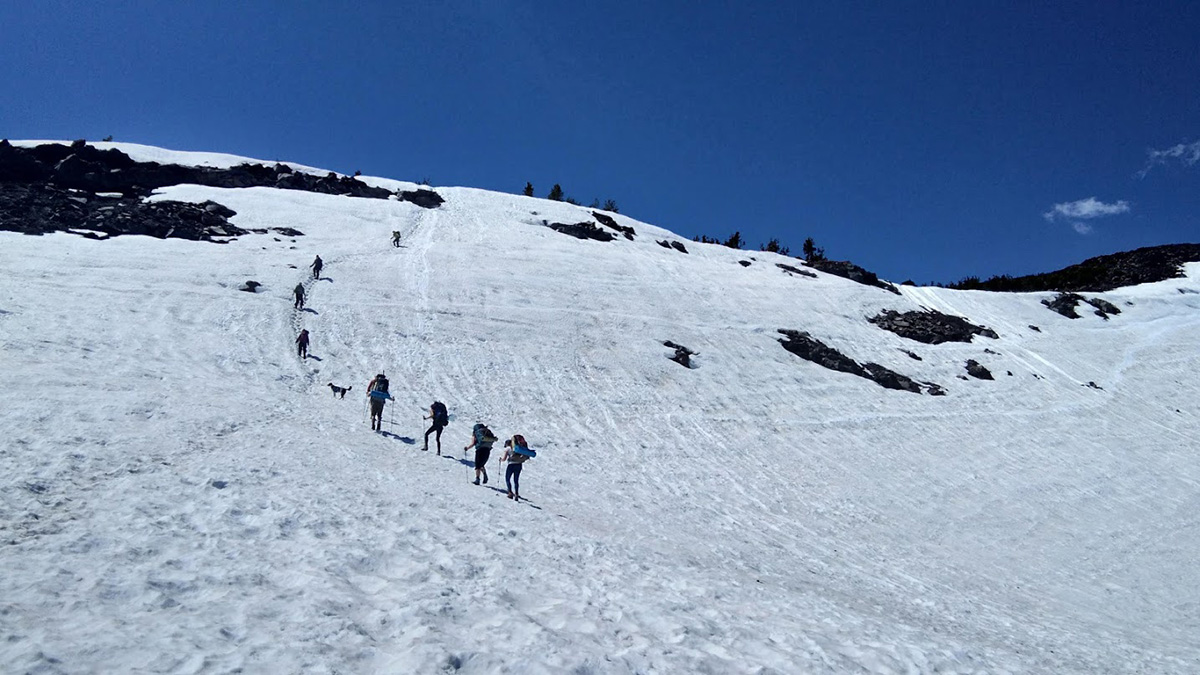

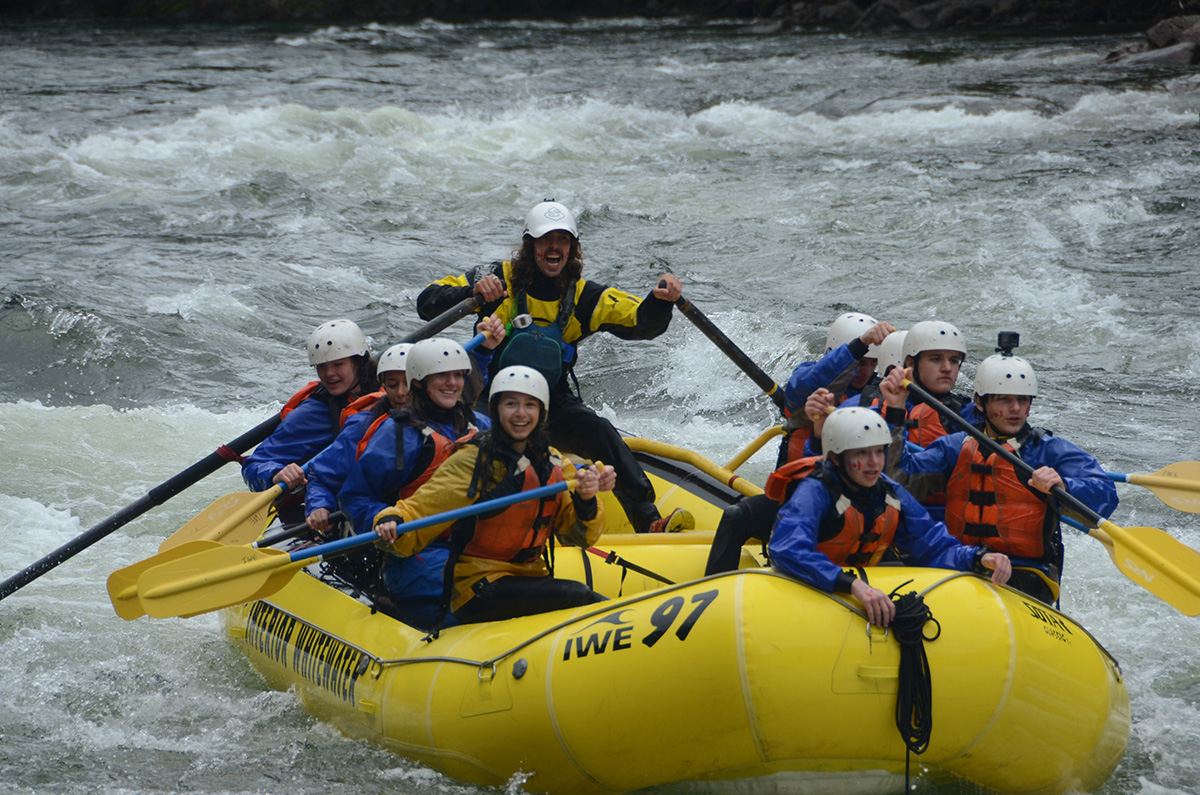
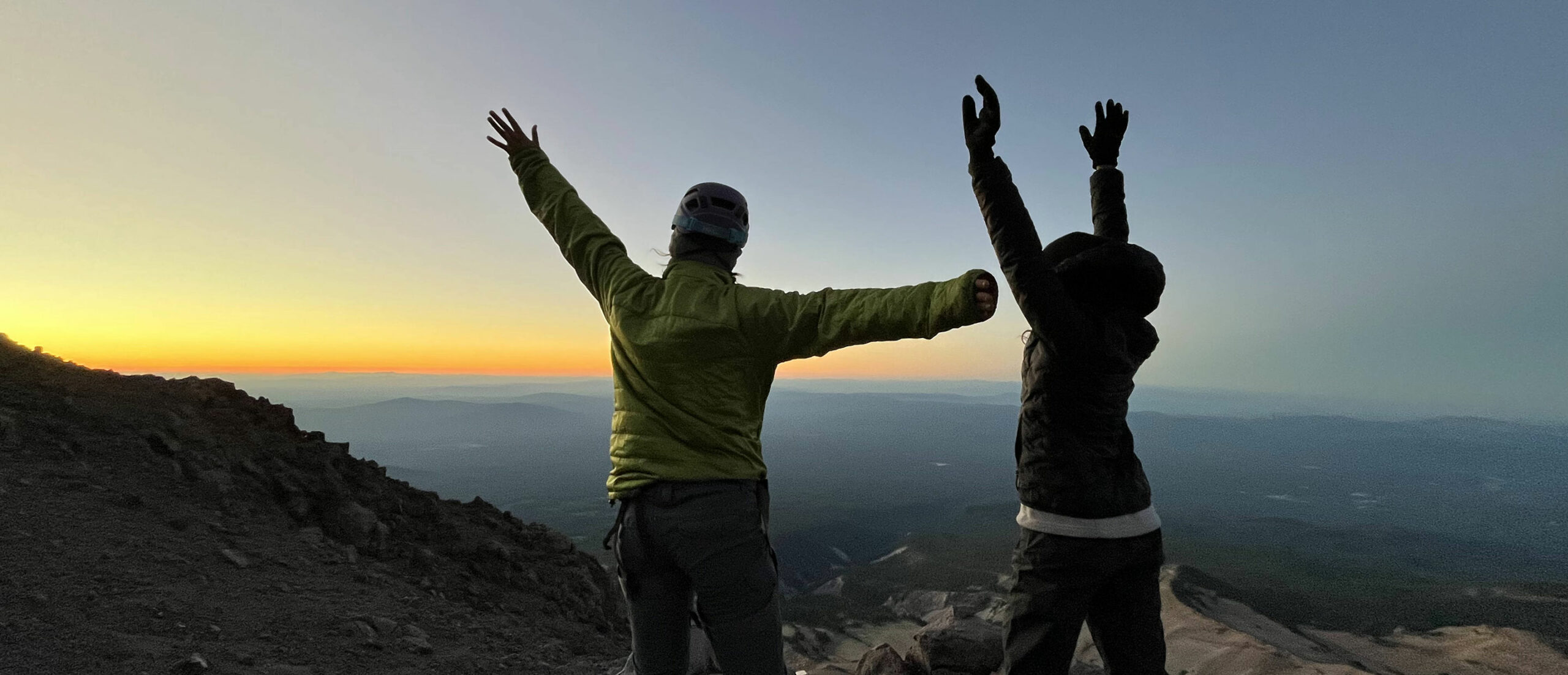
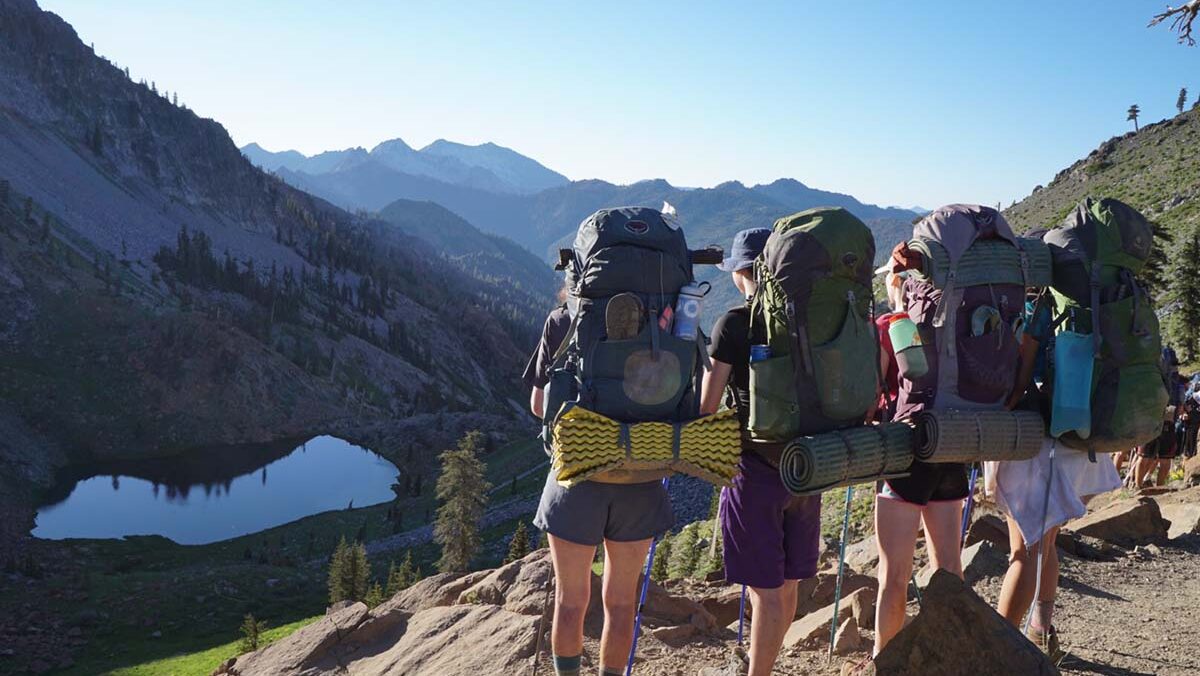
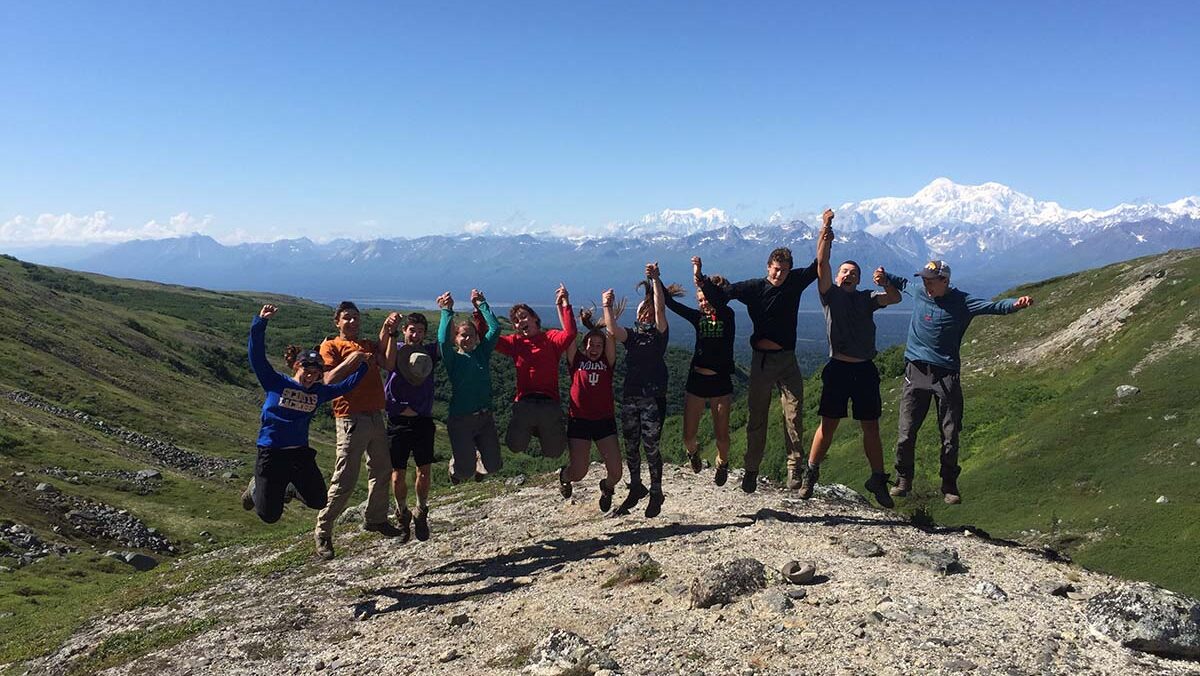
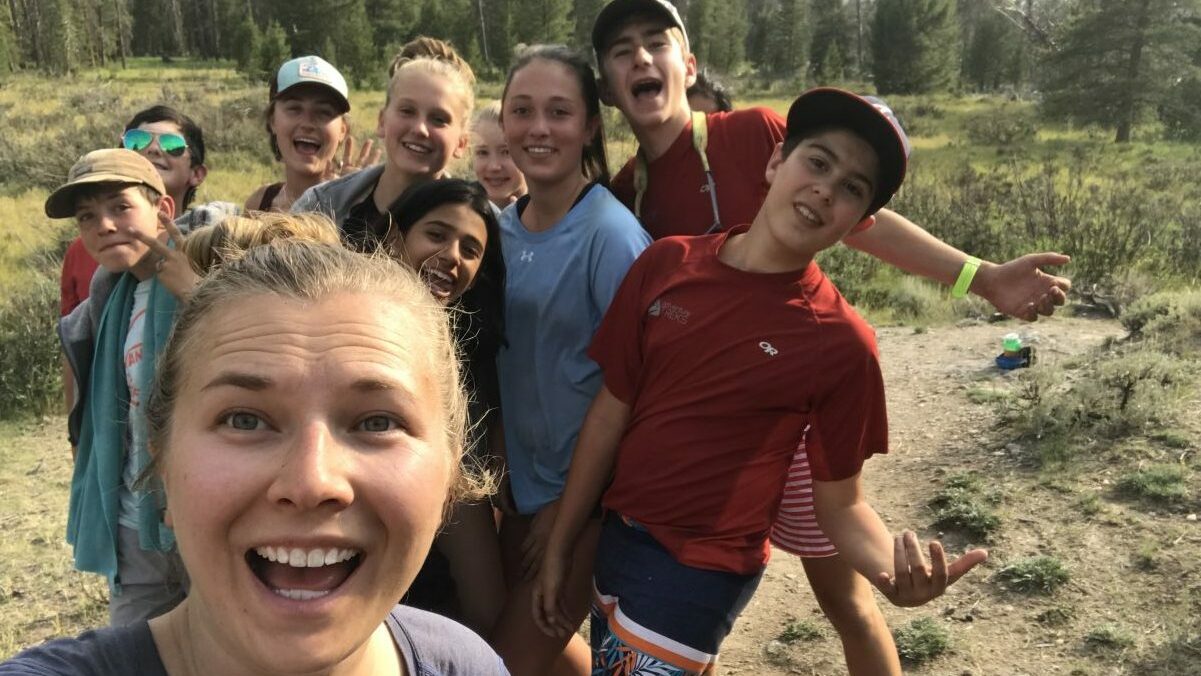
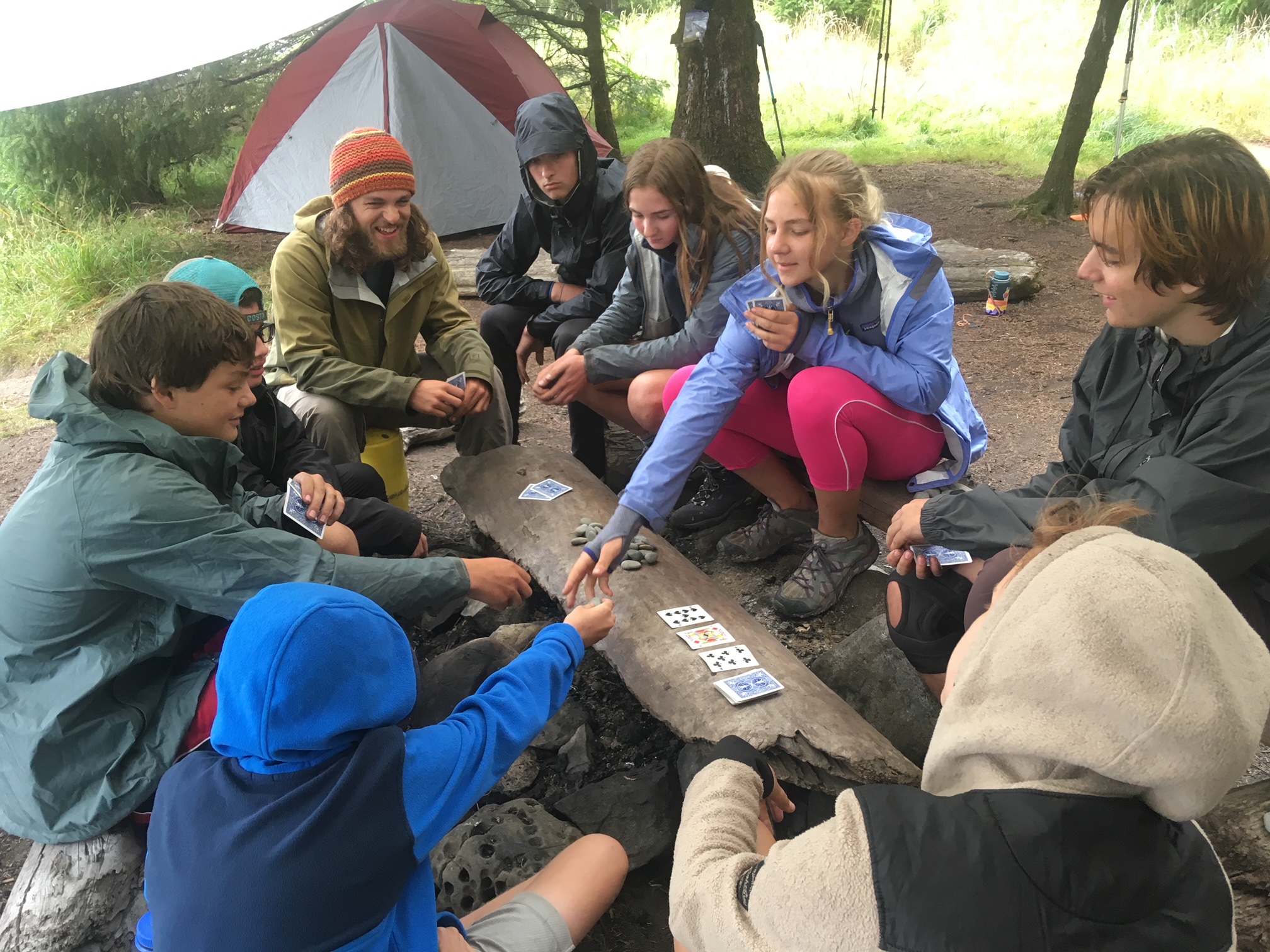 Truth: Most students come to Adventure Treks for the first time by themselves! In fact, we encourage students to come without a friend from home. Something our alumni appreciate and value about our community is how it allows them to rewrite their narrative, if they wish, and become the person they want to be—not the person they may feel pigeonholed into being at school.
Truth: Most students come to Adventure Treks for the first time by themselves! In fact, we encourage students to come without a friend from home. Something our alumni appreciate and value about our community is how it allows them to rewrite their narrative, if they wish, and become the person they want to be—not the person they may feel pigeonholed into being at school.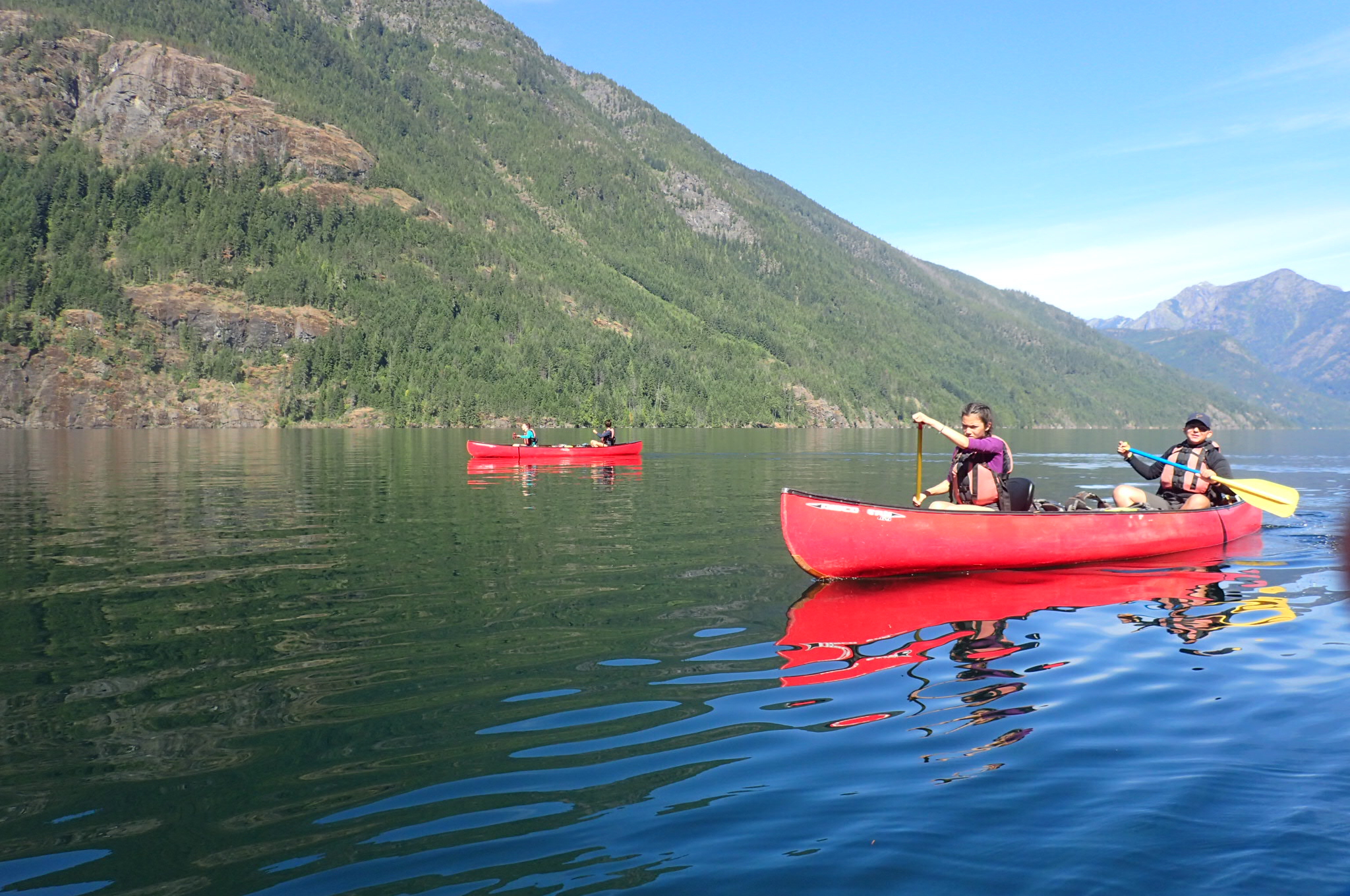
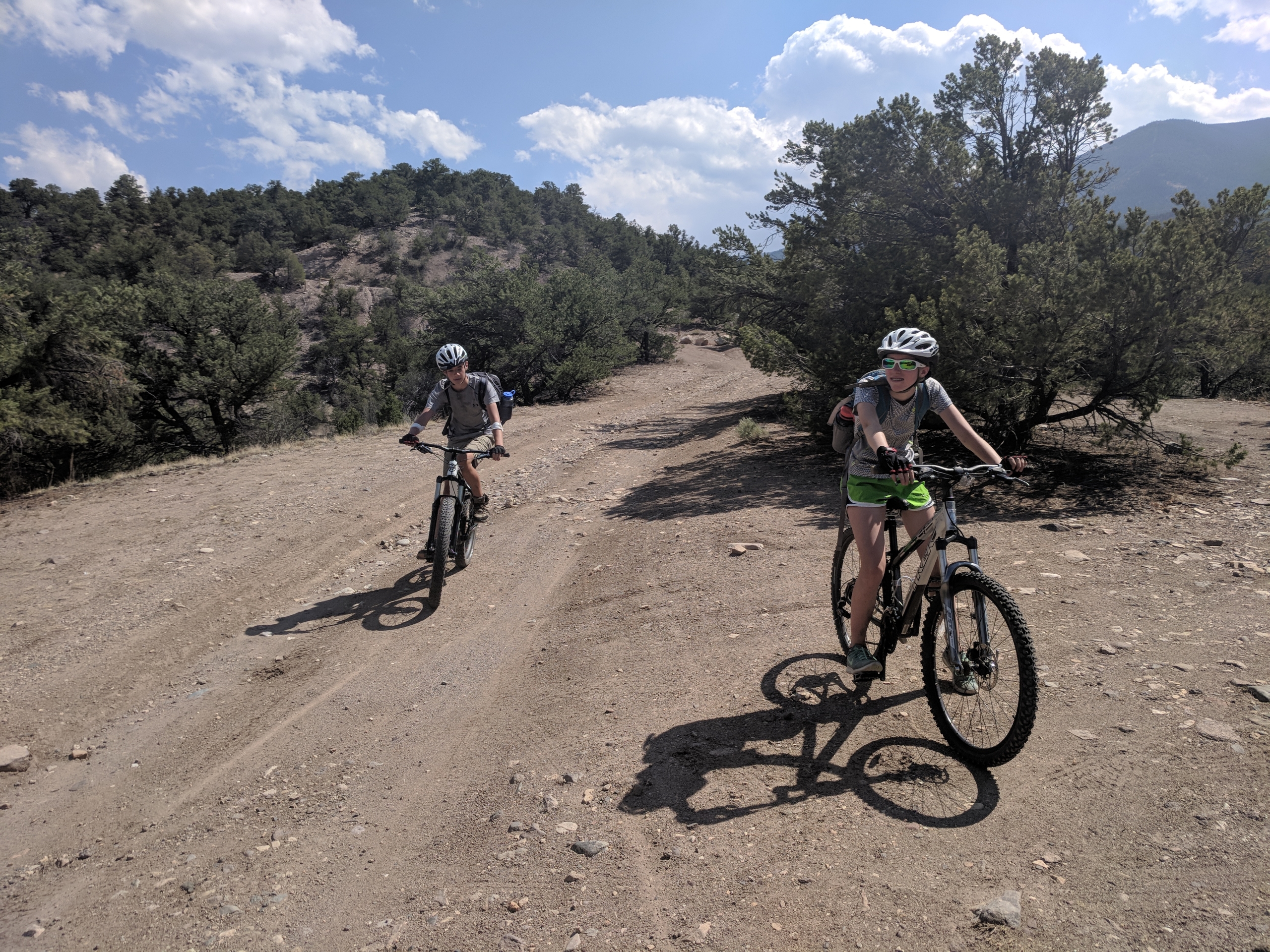 Truth: Some students do arrive to Adventure Treks having climbed at their local indoor rock wall, or hiked in a nearby state park, or rafted with their family. But most of our students participate in these outdoor activities just with us, over the summer. That means it’s been about 11 months since they’ve last rock climbed, or sea kayaked, or even pitched a tent.
Truth: Some students do arrive to Adventure Treks having climbed at their local indoor rock wall, or hiked in a nearby state park, or rafted with their family. But most of our students participate in these outdoor activities just with us, over the summer. That means it’s been about 11 months since they’ve last rock climbed, or sea kayaked, or even pitched a tent.

